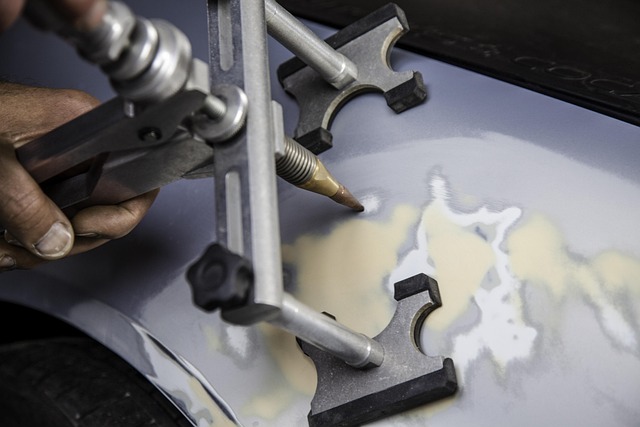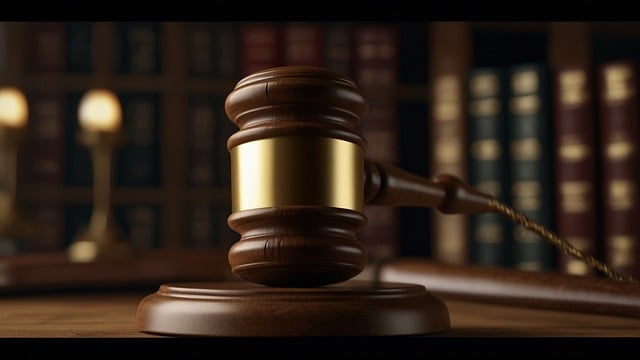A head-on collision can cause severe injuries and legal complexities. Filing an auto accident claim requires understanding dynamics and legal implications, gathering evidence like witness statements, medical records, and police reports, and consulting a specialized attorney for guidance. Initial steps after an accident include ensuring safety, documenting the scene, exchanging insurance details, and reporting to insurers within days. Legal representation protects rights, especially in complex cases or disputes with insurers.
“After a head-on collision, filing an auto accident claim is crucial for seeking compensation and justice. Understanding the process can seem daunting, but with the right guidance, you can navigate your way to a successful outcome. This comprehensive guide breaks down the key steps involved in filing a claim, from gathering essential evidence post-accident to navigating the intricate claim process. By following these expert tips, you’ll be better equipped to assert your rights and secure the compensation you deserve.”
- Understanding Head-On Collision Claims
- Gathering Evidence After an Accident
- Navigating the Claim Process Step-by-Step
Understanding Head-On Collision Claims

A head-on collision is a severe type of auto accident that can result in significant injuries and even fatalities. When filing an auto accident claim for such incidents, understanding the unique dynamics and legal implications is crucial. Unlike other types of accidents, head-ons often involve complex insurance interactions and potential liability issues, especially when one or both drivers are at fault.
In these cases, it’s essential to know that each driver’s insurance company will play a significant role in processing claims. The process involves gathering evidence, including witness statements, medical records, and police reports. It’s wise to consult an attorney specializing in auto accident claims who can guide you through the legal aspects and ensure your rights are protected, especially when dealing with challenging scenarios like elder abuse, where family members may be involved, or complex commercial disputes that arise from business vehicles.
Gathering Evidence After an Accident

After a head-on collision, the initial focus is on safety and seeking medical attention. However, once the immediate crisis has passed, gathering evidence becomes crucial for filing a successful auto accident claim. This includes taking photos of the scene, exchanging information with the other driver (name, contact details, insurance), and documenting any injuries sustained. Additionally, it’s beneficial to collect statements from witnesses who saw the incident.
For a comprehensive auto accident claim, preserving evidence related to the incident is paramount. Unlike complex scenarios like nursing home neglect or commercial disputes where partnerships might be involved, an auto collision primarily focuses on physical evidence and witness accounts. Ensure you gather all necessary details and documents to support your claim, as this will significantly enhance your chances of obtaining a fair settlement.
Navigating the Claim Process Step-by-Step

Navigating the claim process after a head-on collision can be overwhelming, but understanding the steps involved can help streamline the experience. The first step is to ensure everyone’s safety and seek immediate medical attention for any injuries sustained. Once the emergency situation is under control, document the scene by taking photos of the vehicles, exchange insurance information with the other driver(s), and gather contact details of witnesses present.
Next, report the accident to your insurance company within a reasonable timeframe, usually within a few days or as per your state’s requirement. They will guide you through the process, helping you file a formal auto accident claim. This may include providing them with police reports, medical records, and any other relevant documents. Consider seeking legal representation from an experienced auto accident attorney to ensure your rights are protected throughout the claim process, especially when dealing with complex cases or disputes with insurance companies.
After understanding the intricacies of head-on collision claims, gathering relevant evidence, and navigating the claim process step-by-step, you’re now equipped to file an auto accident claim with confidence. Remember, a thorough approach and attention to detail can significantly impact the outcome of your claim. By following these guidelines, you can ensure a smoother process and potentially receive the compensation you deserve for your injuries and damages.






